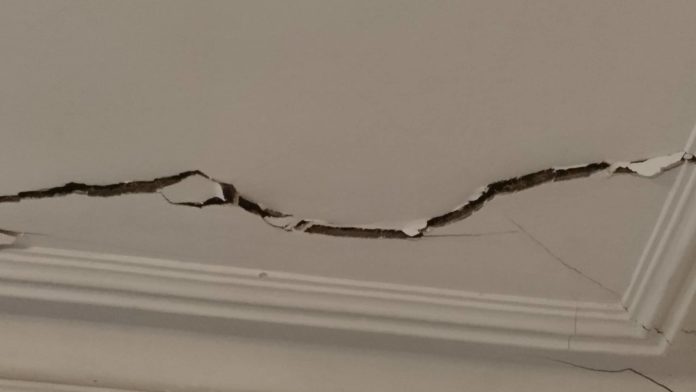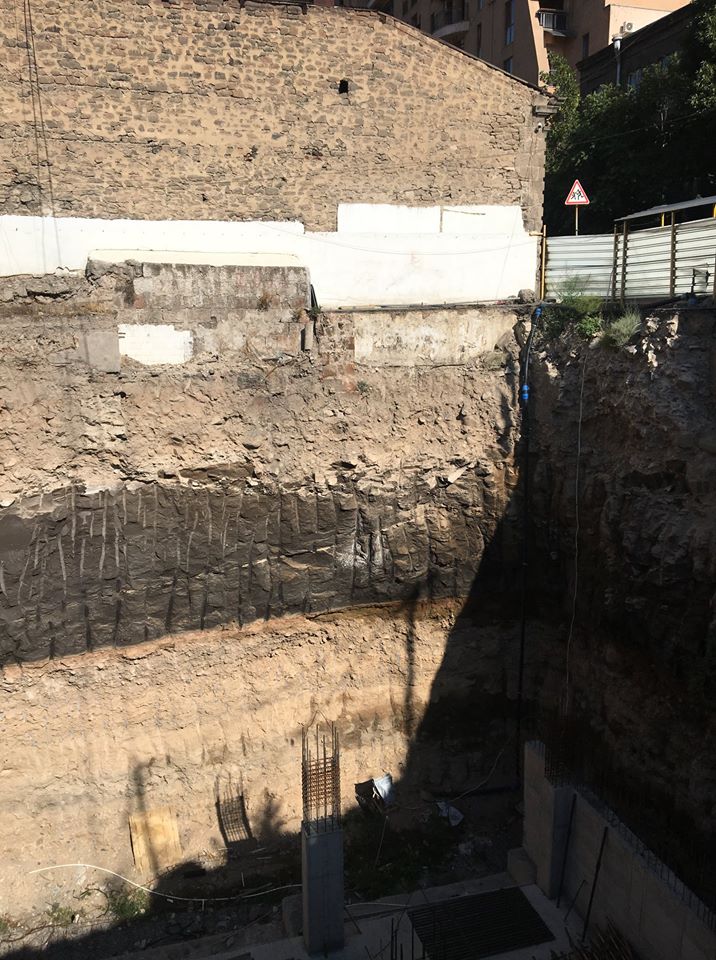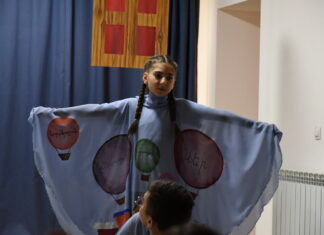YEREVAN — It was a bitter cold evening in January 2019. The noise emanating from the construction site in the center of Yerevan during the day must have been deafening: heavy pounding of steam shovels against the ground, whirring of earth moving machinery, and workers’ voices seeking to make themselves heard above the fray. That evening, without forewarning, came the sound of something massive, crumbling, smashing down onto the earth, while brown-grey clouds of dust and dirt rose up from the ground, obfuscating the view. The wall had come down and by a stroke of fortune none of the people inside were hurt.

It was not the Berlin wall, but the wall of a building on 23 Arami St., one of the four walls of a historic building that has been the “second home” of the Little Singers of Armenia since its founding in 1992. That is where they had been rehearsing.
No one should have been taken by surprise. Even without particular expertise in construction methods and building safety, one could have predicted that, if most of the old buildings on that city block were demolished, and a large hole were dug in the center of the large plot of land, the ground beneath building Nr. 23 would be affected.
In fact, the process leading to the collapse began earlier, in November 2018. And it certainly had to do with the hole. According to government regulations, the hole was supposed to be 10 meters deep maximum, but the one that was being dug went 15 meters down. It began right next to 23 Arami St. and earth-moving machines moved under tuff rocks of the building. One might have even thought the damage had been done on purpose, and in fact, gradually, the wall separated from the building.
On November 27, Prime Minister Nikol Pashinyan had visited the perilous site, viewed the damage and given instructions for repairing the building. But nothing was done. Then, less than two months later, the wall came tumbling down.
That was on January 11. As a result, the building was transformed from the venue of music rehearsals for the world-renowned children’s choir to a safety hazard. As documented in March 2019, the danger of further catastrophe was imminent; the continuing excavation work on the hole at Teryan Street and the heavy traffic at times involving three-axel vehicles and heavy machinery, add to the threat to the building, which is located at the juncture of Teryan, Byuzand and Arami Streets. There is a serious danger that the façade of the building on Arami Street will also collapse.










